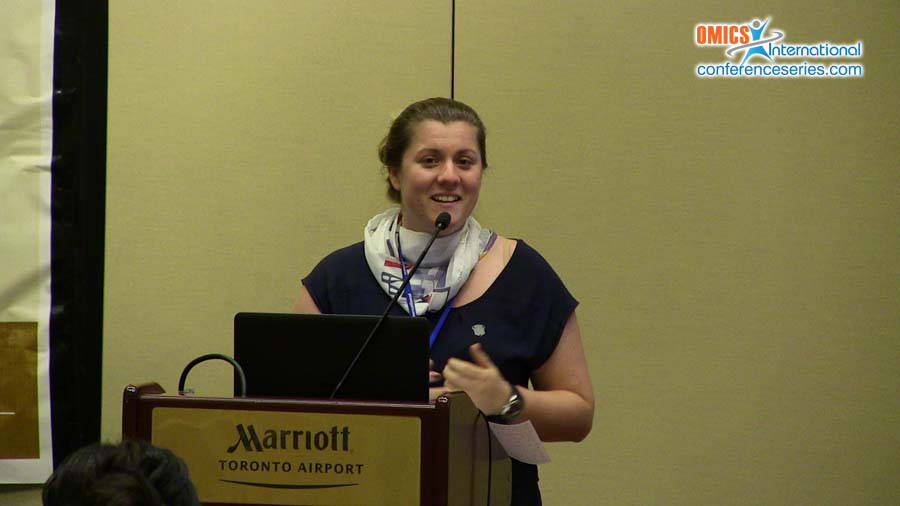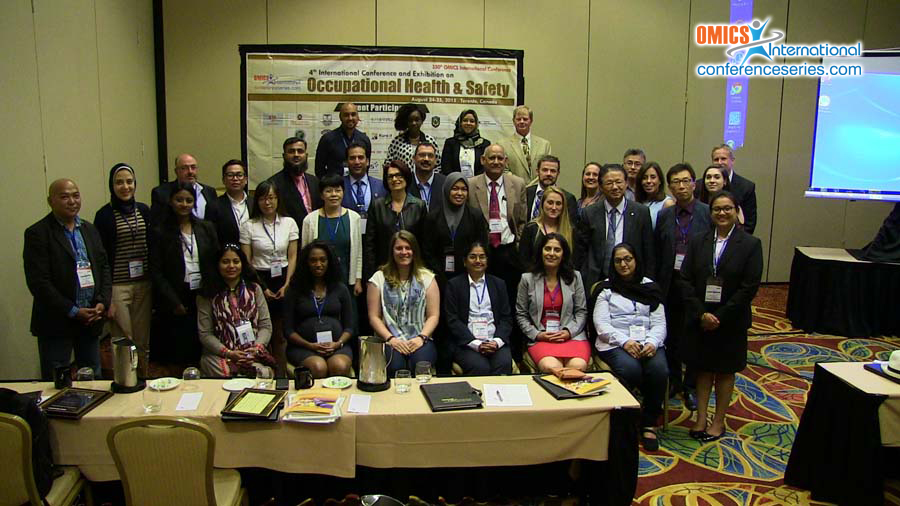Mia Ivancic
University College of Applied Sciences in Safety, Croatia
Title: Multi billionaire GMO floral business
Biography
Biography: Mia Ivancic
Abstract
GMO plant Petunia has flowers with natural anthocyanin colors: Purple and pink; psychedelic laced with white areas. It is not caused by conventional methods of breeding where we desire to improve the properties of one variety with the property characteristics and for other varieties, performing crossover and getting offspring with the chosen desired plant characteristics. It’s a real example of the creation of man (biotechnologists or genetic engineering) with artificial manipulation and transmission of genes between individuals of different unrelated species. We can therefore freely say that this is a modern version of Creationism, as the horizontal transfer of genes between different unrelated species of living organisms in Nature is impossible. These natural and impenetrable barriers have been overcome with modern scientific techniques, and romanticized possibility became a scientific fact. With futurism, moral and ethical dilemmas aside we are opening a very clear picture of the creation of GMOs through a process known as recombinant DNA technology. Restriction endonucleases are enzymes whose bacterium is used for degradation of foreign DNA. The enzyme recognizes a specific nucleotide sequence of 4 to 8 nucleotide pairs, and cleaved at that site DNA. Just type II restriction endonuclease is suitable for cloning genes, because it recognizes a fixed restriction sites - palindrome. DNA of the host cell has the same restriction sites, but they are protected by their own restriction enzymes because they are methylated. Recombinant DNA technology is based on the incorporation of the foreign gene of particular interest in the genome of a prokaryotic or eukaryotic cell. This is done with the help of plasmid or phage. The method comprises isolation of DNA from the cutting side of the desired gene with restriction enzymes and their incorporation into the vector DNA. The vector is then inserted into the host cell where it multiplies, creating numerous copies of foreign DNA. The genes by DNA that are embedded in the vector can be transcribed and translated into the desired polypeptide product. As a host cell E. coli is commonly used. The best way to introduce foreign genes into plant cells is a natural transformation system - induction with “crown-gall†tumor. Forms of the GMO Petunias were created by accident. Specifically, the researchers had intended methods of recombinant DNA technology to perform the manipulation of the gene for natural purple pigment anthocyanin on a way to get darker purple flowers. Totally unexpected genetic engineering gave us flowers laced with white areas because inserted CHS gene completely inhibited messenger RNA transcription. The mechanism of this phenomenon is still unknown. GMOs have advantages and disadvantages, but are under the ever present question: “Will the creation of GMOs belong to the class of further spontaneous Evolution or will their further Evolution be induced in the laboratoryâ€. This particularly applies to the GMO plant World, because it was “inserted†into the Environment a long time ago. In the meantime, enjoy the unnaturally beautiful GMOs Petunia flowers.




